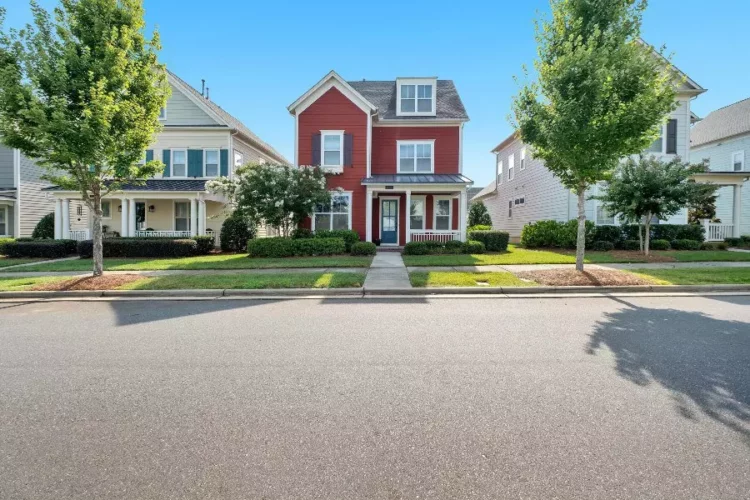Moving to a new neighborhood can be an exciting adventure, but it’s important to research beforehand. After all, you don’t want to move into a place only to find out that the crime is high or the schools are subpar.
Fortunately, many resources are available for researching neighborhoods before making any commitments. From asking locals about their experiences living in the area and looking up detailed data online to visiting potential homes in person, here are some of the best ways to ensure you’re moving into a safe and desirable neighborhood.
Asking Locals About Their Experiences
One of the best ways to get an idea of what a neighborhood is like is by talking to residents who already live there. Ask them about their experiences with safety, schools, noise levels, and more. See if they can access public transportation or shopping centers nearby. It’s also helpful to ask how long they’ve lived in the area and why they chose it in the first place.
Researching Online Data
In addition to asking locals for their insights, you can use online resources such as crime mapping tools and school rating websites for more information about a potential neighborhood. Using real-estate sites, you can also compare the cost of living from one location to another. This valuable data can help you look up an address and analyze the area’s crime rate, median home price, and other important factors.
Visiting Potential Homes in Person
Once you narrow your choices for a new neighborhood, visit the properties you’re considering in person. Seeing the area yourself can give you more of an idea of what it’s like to live there. When you visit homes, be aware of your surroundings and look for signs that indicate safety issues or low quality of life. Also, pay attention to how well-maintained the streets and homes are, as this usually indicates how much care is taken in the community.
Evaluating Crime Rates and School Ratings
Researching a neighborhood before moving in is important for anyone looking to make an informed decision about their relocation. For example, evaluating the crime rates of surrounding neighborhoods helps provide insight into the overall safety of the area, as well as the family-friendly amenities available.
Similarly, researching school ratings provide information about the academic performance of public and private schools in the area compared to state averages and can assist parents with making an educated decision about education for their children. Having this knowledge allows move-in decisions to be made confidently and comfortably, knowing all aspects have been thoroughly researched and considered.
Exploring Local Amenities and Attractions
Before selecting a new location to call home, it is wise to research the neighborhood and its local amenities and attractions. Investigate what type of housing is available, from single-family homes to condominiums or apartments. If safety is a priority, seek out crime rates for the area. Check out current vacancies and ensure there are reliable options should you need to move in the future.
Explore nearby restaurants, recreational opportunities, parks, shopping venues, libraries, gyms, and medical facilities. A great way to determine if an area will match your lifestyle needs is by visiting at different times during a few days of the week. This accurately shows what living in the neighborhood would be like!
Checking Out the Housing Market
The housing market can vary greatly between neighborhoods, so it is essential to research the average cost of living and home prices in your desired area. Then, compare similar homes in different parts of town to understand how much you need to pay for a home with the features and amenities you want.
It’s also important to consider potential future value when evaluating houses. For example, you may want to select a property that will appreciate over time or offers enough space for future expansion or upgrades. Considering these factors, you can decide which neighborhood best meets your needs and budget.
Conclusion
Choosing the right neighborhood is a big decision and requires careful consideration and research. First, evaluate local amenities, crime rates, schools, and home prices to understand the area accurately. Then, visit potential neighborhoods in person to experience daily life and explore housing options that fit your budget. Taking the time to properly analyze all factors in selecting a new neighborhood can help ensure you make the right choice for yourself and your family.







